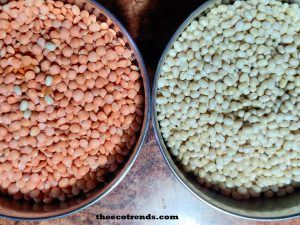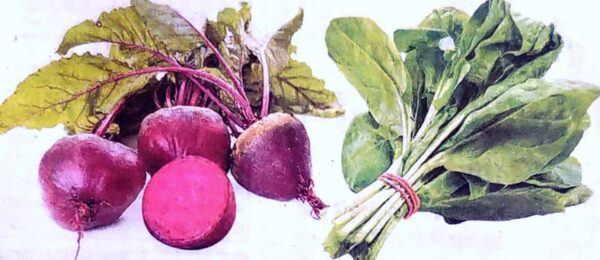Pulses are full of goodness. Pulses and breads in the breakfast, pulses and rice in the lunch, pulses and vegetables along with bread in the dinner, pulses come in all our foods. Spicy pulses at nights are special dish – different pulses for different tastes.
Pulses contain as much nutrients that these compensate the lack of other food items. Indians consume many different types of pulses in their foods.
In Jharkhand state of India pulses are grown in about two lakh hectares of land. Here the productivity of pulses is more than the national level. Moong is grown in about 31000 hectares and Urad is grown in about 1, 45000 hectares. Birsa Agricultural University, Ranchi, in Jharkhand state of India is developing new varieties of pulses that may be called as food of the future.
The Birsa Agricultural University (BAU) Ranchi has developed Birsa Urad-1 and Birsa Kurthi-1. It has developed IPM-02-03, Meha, SML668 varieties of Moong. The RUB-12-03 has been identified on the National Level. It is a new variety of Urad. The BAU is continuously developing new varieties of pulses to increase productivity of pulses.
The Dwarf Varieties of Pigeon Pea have also been developed by the BAU. These varieties have following merits-
- These are shorter than the plants of so far available varieties of pulses
- Their maximum height is 1.5 feet where as plants of other varieties of Pigeon Pea have height up to 5 feet
- The dwarf varieties develop in short periods
- There is no difference in terms of productivity due to short height of plants.
The consumption of pulses reduces cholesterol in blood. It increases fibre in the food. Further, the consumption of pulses reduces weight and control heart diseases.
In Jharkhand the pigeon pea or the arhar is grown in about one lakh hectares of land. The theme of 2021 nutrition in Jharkhand is “The Nutrition Seeds for a sustainable future”. The target of Gram Production in Jharkhand state is 13 lakh hectares where as it is 11.30 lakh hectares in the actual terms. The target area for the state is 4.20 lakh hectares for Masoor or lentils where as it is actually covered in 2.98 lakh hectares. The target area for the state is 10.2 lakh hectares for Pea where as it is actually covered in 9.68 lakh hectares.
Kurthi pulses are considered to be a medicine for kidney diseases. It is reported that it controls blood sugar and cholesterol. It also improves digestion. In Ayurveda, it has been reported that consumption of Kurthi dal cures premenstrual bleeding caused due to hormonal changes. Kurthi is mainly grown in Ranchi and Khunti areas of Jharkhand.
Moong pulses contain Potassium, Magnesium, Copper, Zinc, and Vitamin B, Proteins, fibre and anti-oxidants in sufficient amounts. Consumption of sprouts of the Moong supplies 30 calories and very short amount of fat per serving. The diabetic persons can consume Moong dal.

The Urad pulses contain sufficient amount of Proteins, Vitamins, fibre, anti-oxidants and minerals like calcium, Phosphorus, Iron, magnesium, Potassium etc. which can help in reducing problems of Osteoporosis and other bone problems. More consumption of these pulses can increase uric acid in the blood.
The red lentils or the Lal Masoor contain Vitamins like A, K, C,B, etc. It contains both the soluble and insoluble fibre. Besides these the Lal Masoor contains Potassium, Phosphorus, Magnesium, Iron, Calcium, Copper, etc. along with anti-oxidants.
The Scientists of BAU have developed High Yielding Varieties of Arhar. These varieties can be grown three times in a year. One of these vars. is Birsa Arhar-2. It has the properties of disease resistance. It has a very high quality of Protein as well.





